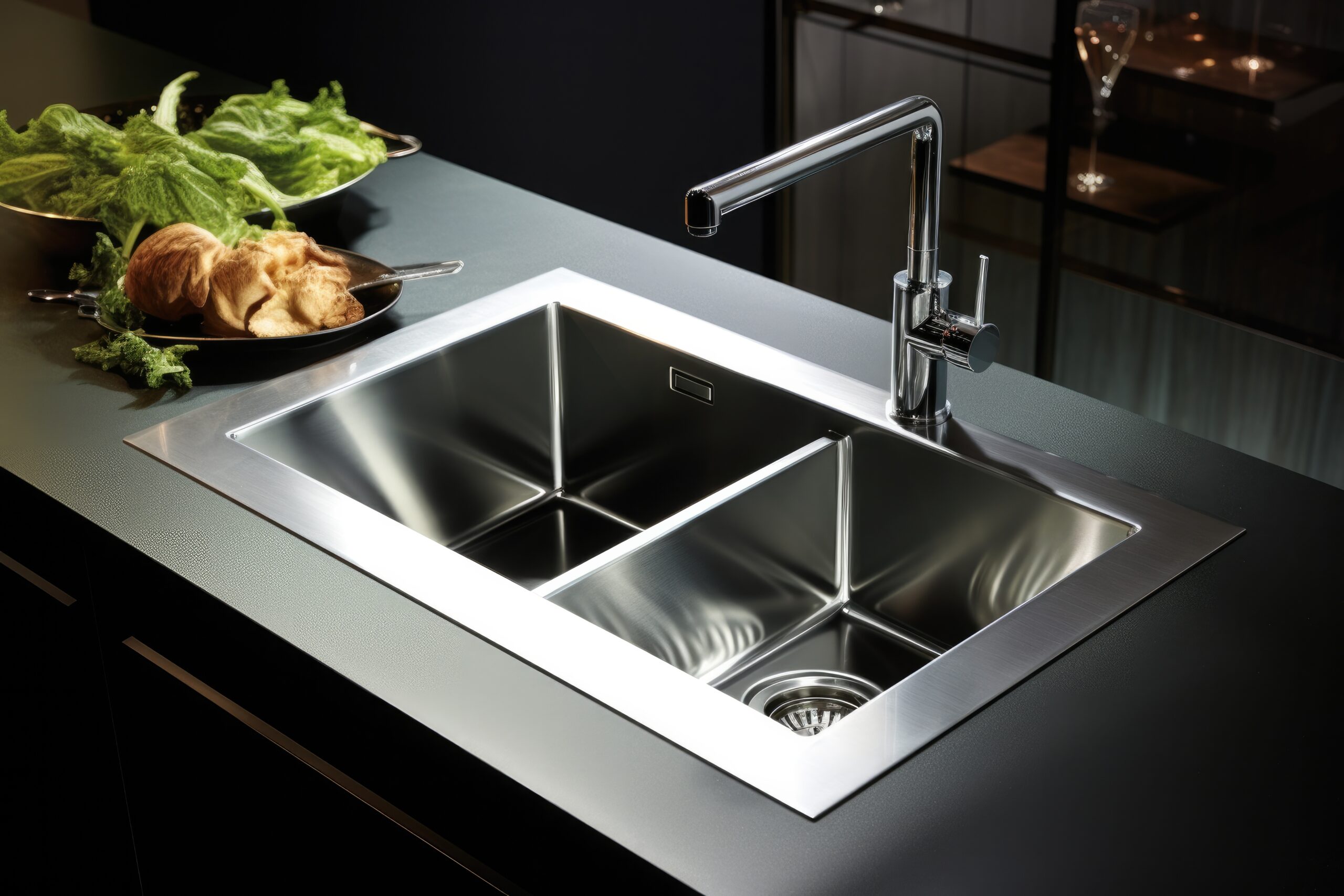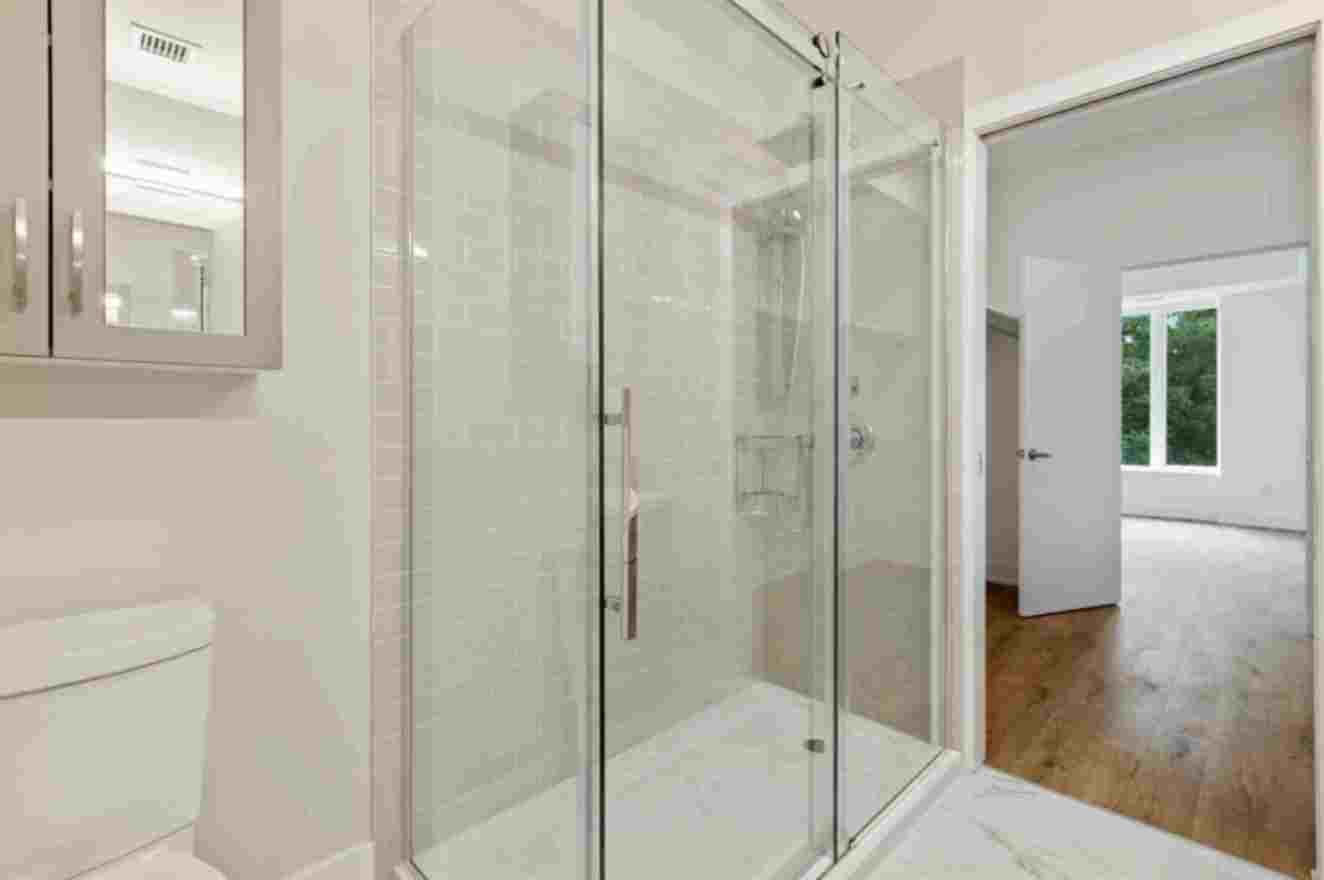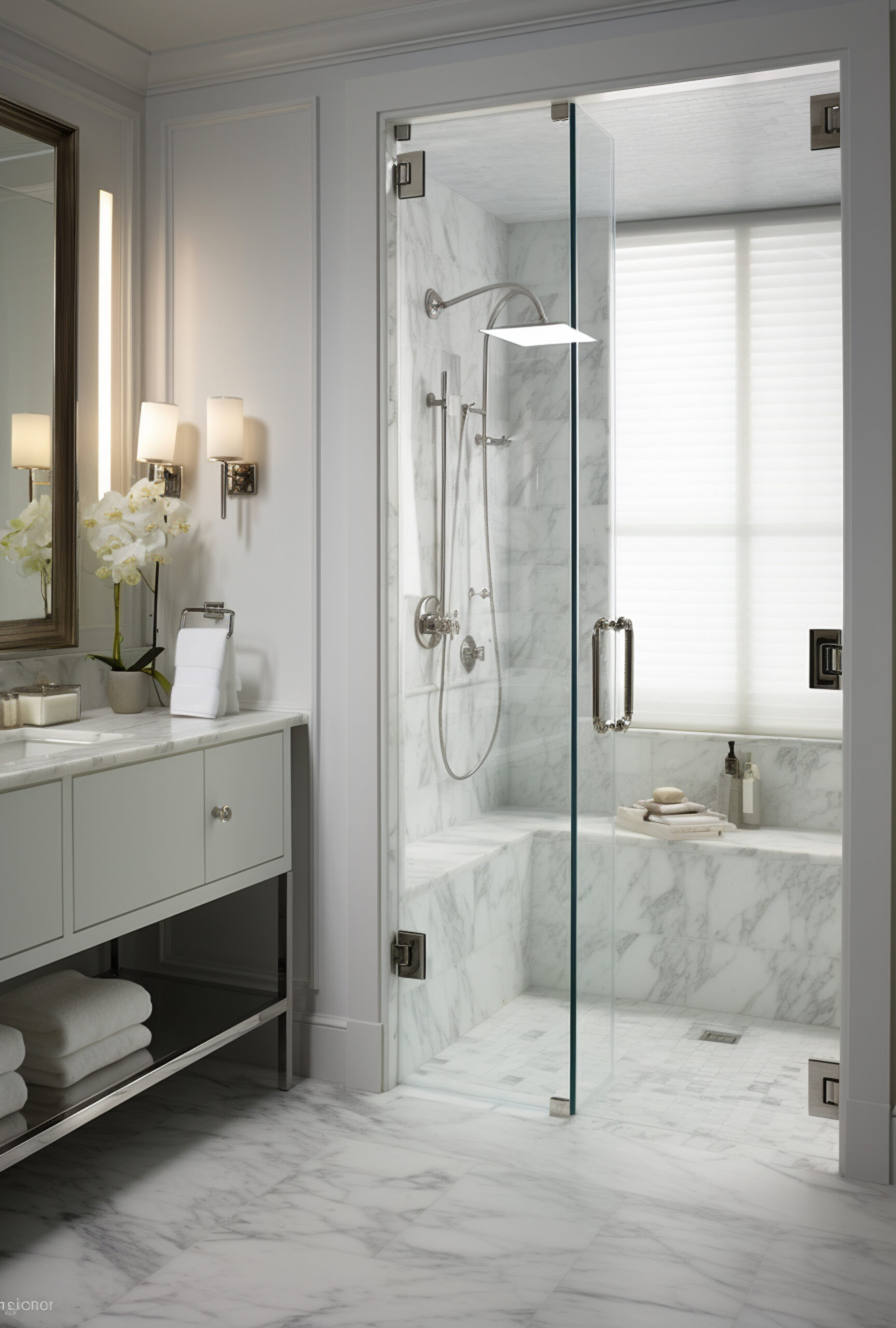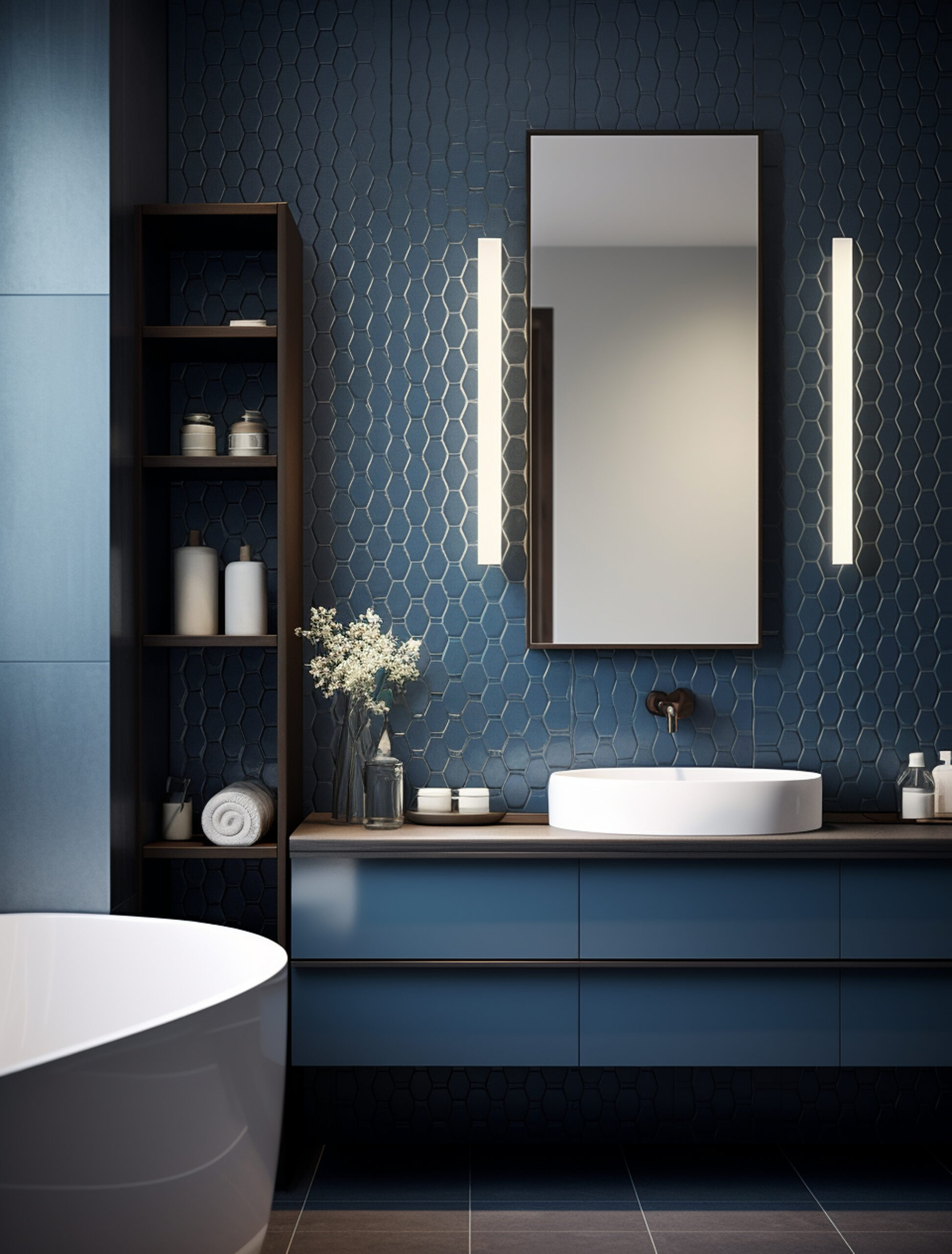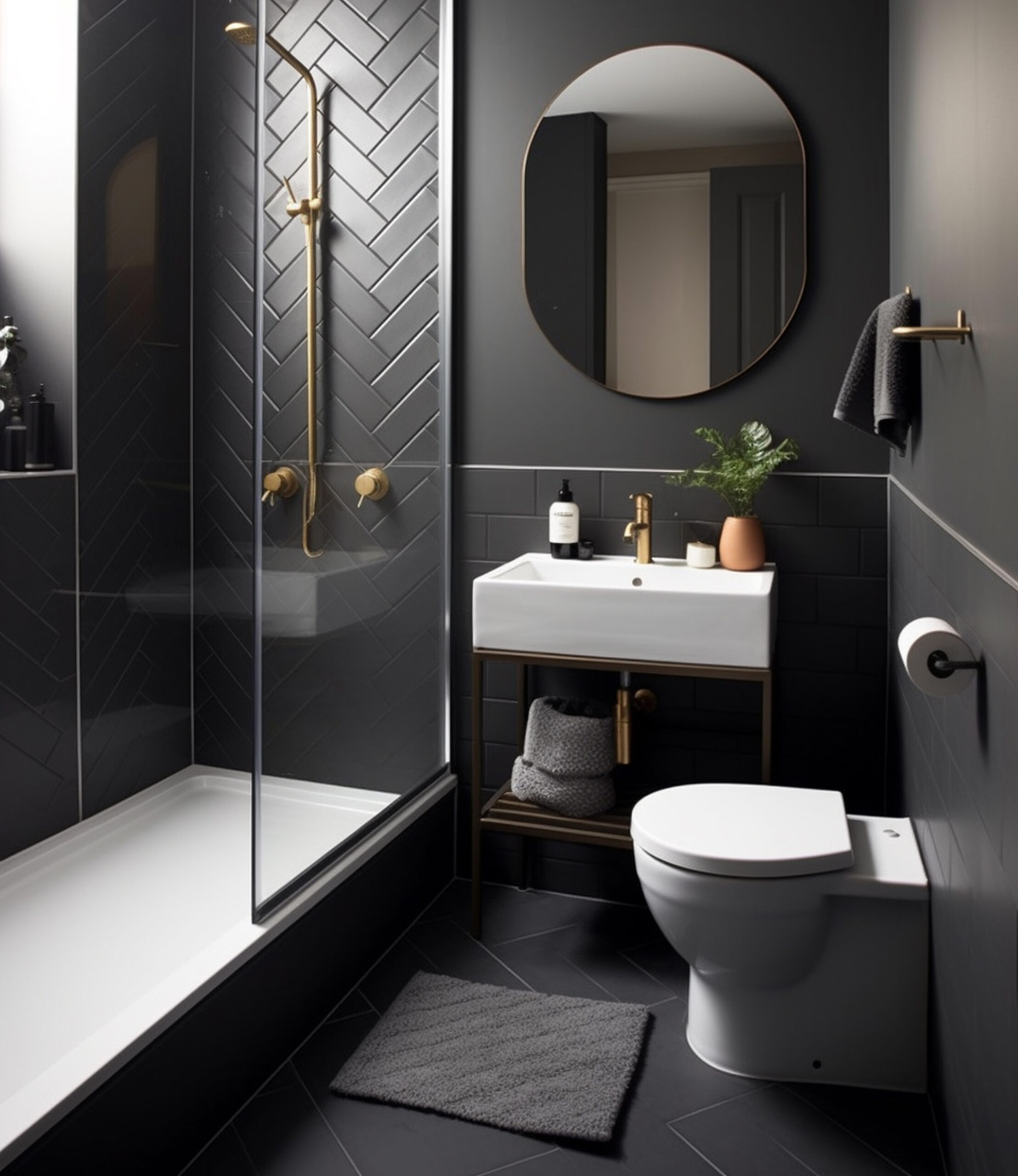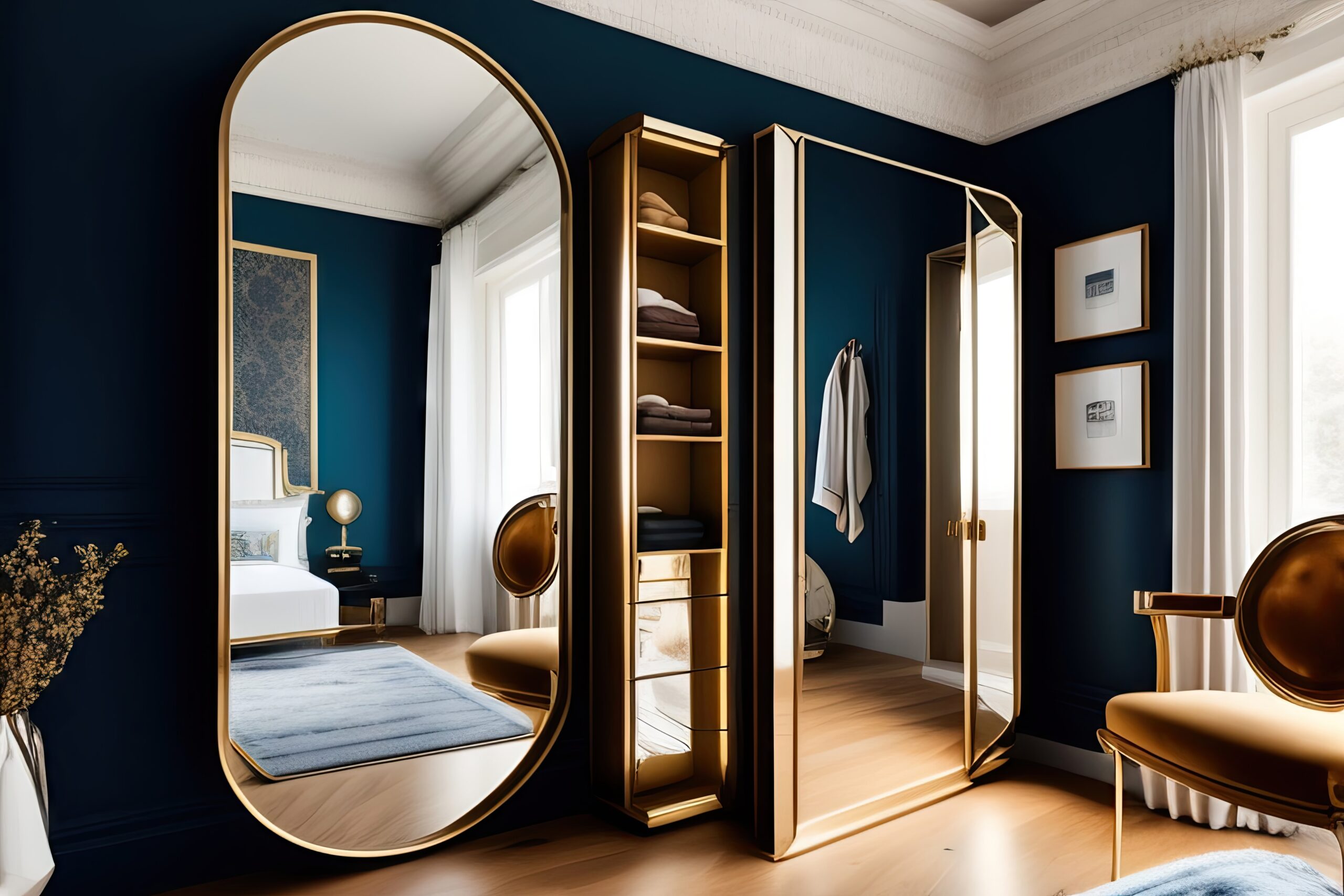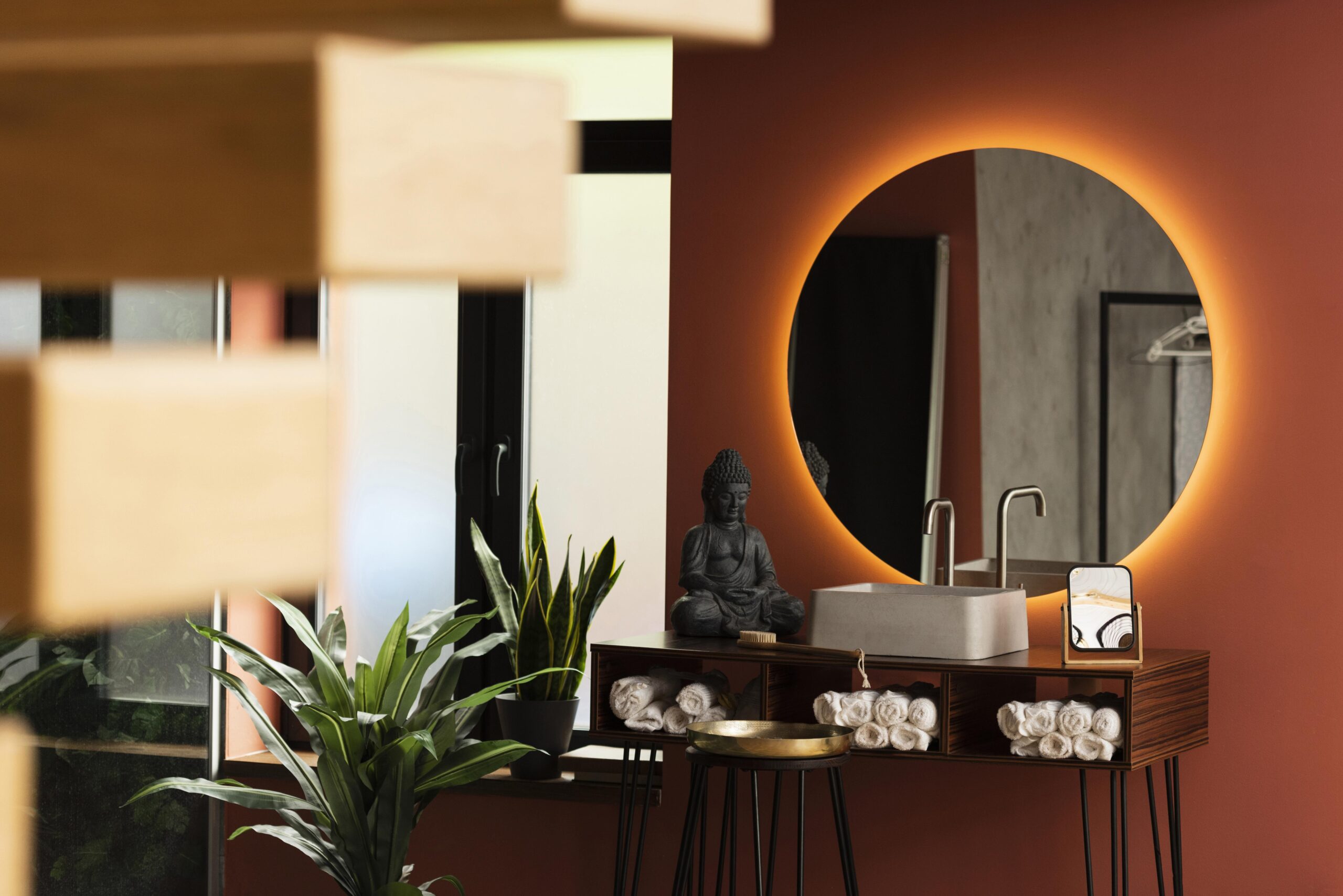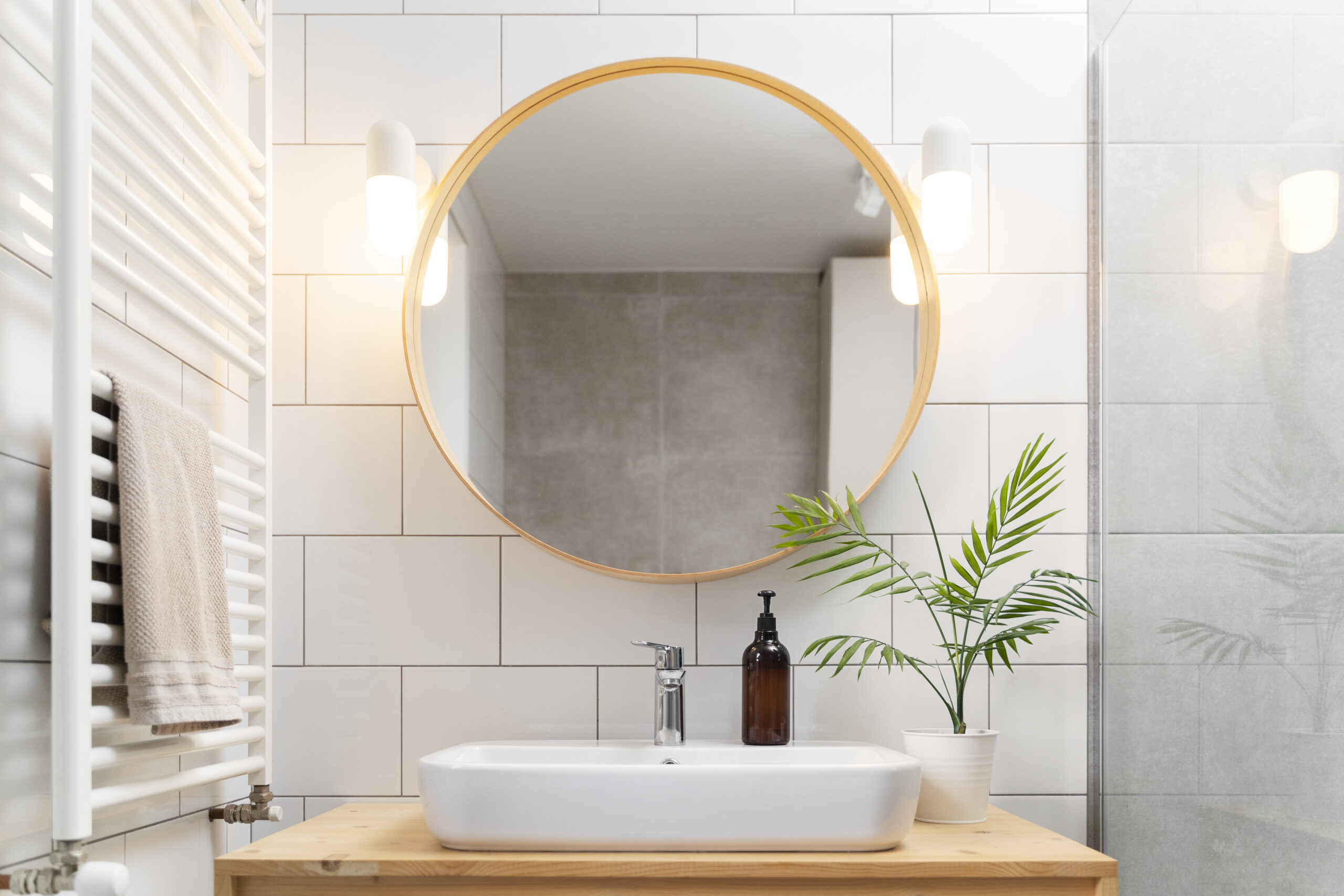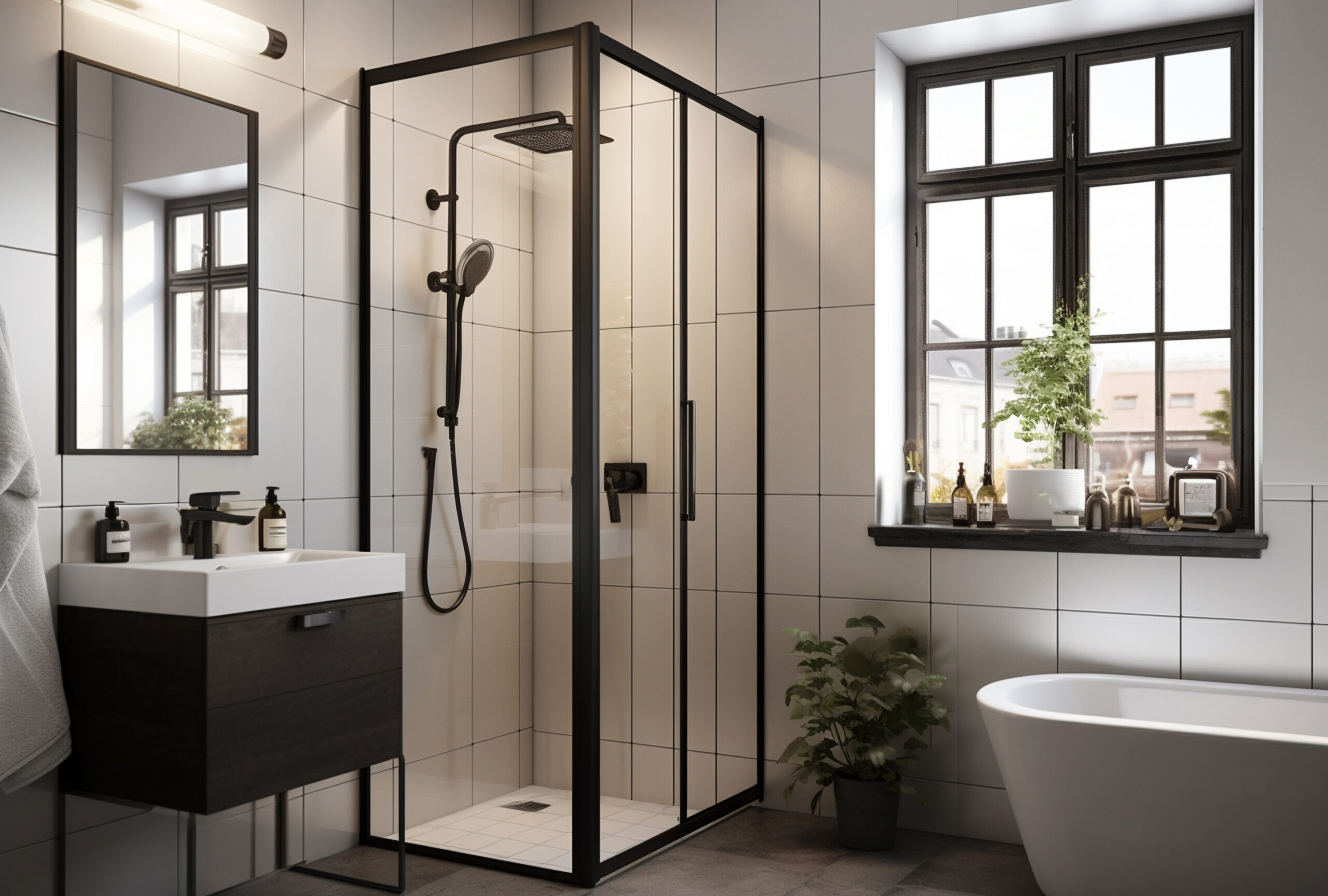
When it comes to choosing the right shower for your bathroom, there are many different options available on the market. From round to square to rectangular, each shape comes with its own set of advantages and disadvantages. However, in this article, we will be focusing on the pros, cons, and different types of rectangle showers.
Advantages of Rectangle shower
Spaciousness
First and foremost, rectangular showers are known for their spaciousness. The rectangular shape allows for more room inside the shower, making it a great choice for those who prefer a more open and airy feel. This extra space also makes it easier to move around inside the shower, reducing the risk of slipping or falling.
Versatility
Another advantage of rectangular showers is their versatility. They can be installed in a variety of different bathroom layouts, making them a great choice for both large and small spaces. Additionally, rectangular showers can be customized to fit specific bathroom dimensions, allowing for a more tailored and personalized shower experience.
Sophisticated appearance
Rectangular showers are also known for their sleek and modern appearance. The clean lines and simple design make them a great choice for contemporary bathrooms and minimalist styles. Additionally, the rectangular shape allows for more design options, such as using different types of tiles or incorporating a bench or shelf inside the shower.
Functionality
In terms of functionality, rectangular showers are also a great choice. The flat walls and floor make it easier to clean and maintain, reducing the risk of mold and mildew buildup. Additionally, the rectangular shape allows for better water drainage, reducing the risk of water pooling or stagnant water.
Mobility
When it comes to accessibility, rectangular showers are also a great choice. The spaciousness and flat floor make it easier for those with mobility issues to enter and exit the shower. Additionally, the option to customize the shower dimensions allows for the installation of grab bars or other accessibility features.
Water usage
Finally, rectangular showers are also a great choice for those who want to save on water usage. The spaciousness allows for the installation of a low-flow showerhead, reducing water usage without sacrificing the shower experience.
Rectangular showers offer a variety of advantages that make them a great choice for any bathroom. Their spaciousness, versatility, sleek appearance, functionality, accessibility, and water-saving capabilities make them a practical and stylish option for any homeowner. If you’re in the market for a new shower, consider a rectangular one for a truly luxurious and modern shower experience.
Disadvantages of Rectangle shower heads
When it comes to bathroom design, many people are opting for modern and sleek rectangle showers. However, while these showers may look stylish, there are some disadvantages to consider before making a purchase.
Size
One major disadvantage of rectangle showers is their size. While they may be visually appealing, they can take up a lot of space in your bathroom. This can be a problem if you have a smaller bathroom or if you want to install other fixtures like a bathtub or a vanity. It’s important to measure your bathroom carefully and consider the placement of your shower before purchasing a rectangle shower.
Lack of accessibility
Another disadvantage of rectangle showers is their lack of accessibility. If you or a family member has mobility issues, a rectangle shower may not be the best choice. They often have a high threshold that can be difficult to step over, and they may not have enough space for a shower seat or handrails. It’s important to consider the needs of everyone who will be using the shower before making a purchase.
Difficulty to clean
Rectangle showers can also be difficult to clean. Their sleek design may look great, but it can also make it difficult to reach all the nooks and crannies where dirt and grime can accumulate. Additionally, the corners of rectangle showers can be hard to clean, and mold and mildew can easily grow in these areas. Regular cleaning and maintenance are essential to keep your rectangle shower looking its best.
Price
Rectangle showers can be expensive. While they may be a stylish addition to your bathroom, they often come with a higher price tag than other types of showers. If you’re on a tight budget, you may want to consider other options like a traditional shower/tub combination or a simple corner shower.
While rectangle showers may be a popular choice for modern bathrooms, they do come with some disadvantages. Before making a purchase, it’s important to consider the size of your bathroom, the needs of everyone who will be using the shower, the maintenance requirements, and the cost. By taking these factors into account, you can make an informed decision about whether a rectangle shower is the right choice for your bathroom.
Different types of Rectangular showers
Are you in the market for a rectangle shower? With so many different types of rectangle showers available, it can be overwhelming to decide which one best fits your needs. In this article, we’ll break down the different types of rectangle showers to help you make an informed decision.
Rectangle Shower Kit
A rectangle shower kit is an all-in-one solution that includes the shower tray, walls, and door. This type of shower is easy to install and typically comes in either acrylic or fiberglass material. The downside to a rectangle shower kit is that you have limited design options and may need to compromise on certain features.
Rectangle Shower Tray
A rectangular shower tray is simply the base of the shower. It’s important to choose a tray that is sturdy and durable, as it will be the foundation of your shower. There are many different materials to choose from, including acrylic, fiberglass, and stone resin. Keep in mind that some materials may be more expensive than others.
Rectangular Shower Enclosure with Sliding Door
A rectangle shower enclosure with a sliding door is a popular choice for those who want a sleek, modern look. This type of shower typically features tempered glass walls and a sliding door that saves space. You can choose from a variety of finishes, including chrome and brushed nickel, to match your bathroom decor.
Rectangle Shower Drain
A rectangle shower drain is an essential component of any rectangular shower. It’s important to choose a high-quality drain that is easy to clean and won’t clog easily. Some drains come with built-in hair catchers to prevent clogs, which is a great feature to look for.
Rectangle Rain Shower Head
A rectangle rain shower head is a luxurious addition to any rectangular shower. This type of shower head is typically larger than traditional shower heads and provides a rainfall-like experience. You can choose from a variety of finishes and styles to match your bathroom decor.
Rectangle Shower Base
A rectangle shower base is similar to a rectangle shower tray, but it typically has a built-in slope for better drainage. This type of shower base is typically made from acrylic or fiberglass and is easy to install. Make sure to choose a shower base that is the right size for your rectangle shower enclosure.
Rectangle walk in Shower
A rectangle walk in shower is a popular choice for those who want a spacious shower without a door. This type of shower typically features a low threshold for easy access and can be customized with different materials and finishes.
Rectangle Corner Shower Kit
A rectangle corner shower kit is a great option for those who have limited space in their bathroom. This type of shower typically features sliding doors and can be installed in the corner of the room to save space. Keep in mind that you may need to compromise on certain features with a corner shower kit.
There are many different types of rectangle showers to choose from. Consider your budget, design preferences, and space limitations when choosing the right shower for your needs. With the right shower, you can transform your bathroom into a luxurious oasis.
Conclusion
A Rectangle shower head offers several advantages and disadvantages that should be considered when purchasing a shower head. One of the advantages of a rectangle shower head is its modern and sleek design that can add a contemporary feel to any bathroom. Another advantage is their larger size, which provides a more even and thorough water distribution. However, rectangle shower heads are not without their disadvantages. They can be more difficult to clean and maintain and they may not fit into all bathrooms due to their size.
When choosing a rectangular showerhead, it is important to consider the different types available. Ceiling-mounted rectangle shower heads offer a luxurious spa-like experience, while wall-mounted options provide more flexibility in terms of placement and adjustability. It is also essential to consider the material and finish of the shower head, as well as the water pressure and flow rate needed for your specific bathroom.
Rectangle shower heads can be a great addition to any bathroom, providing a sleek and modern design as well as thorough water distribution. However, it is important to consider the potential drawbacks and choose the type and style that best suits your needs and preferences. With careful consideration, a rectangular shower head can transform your daily shower routine into a relaxing and enjoyable experience.

